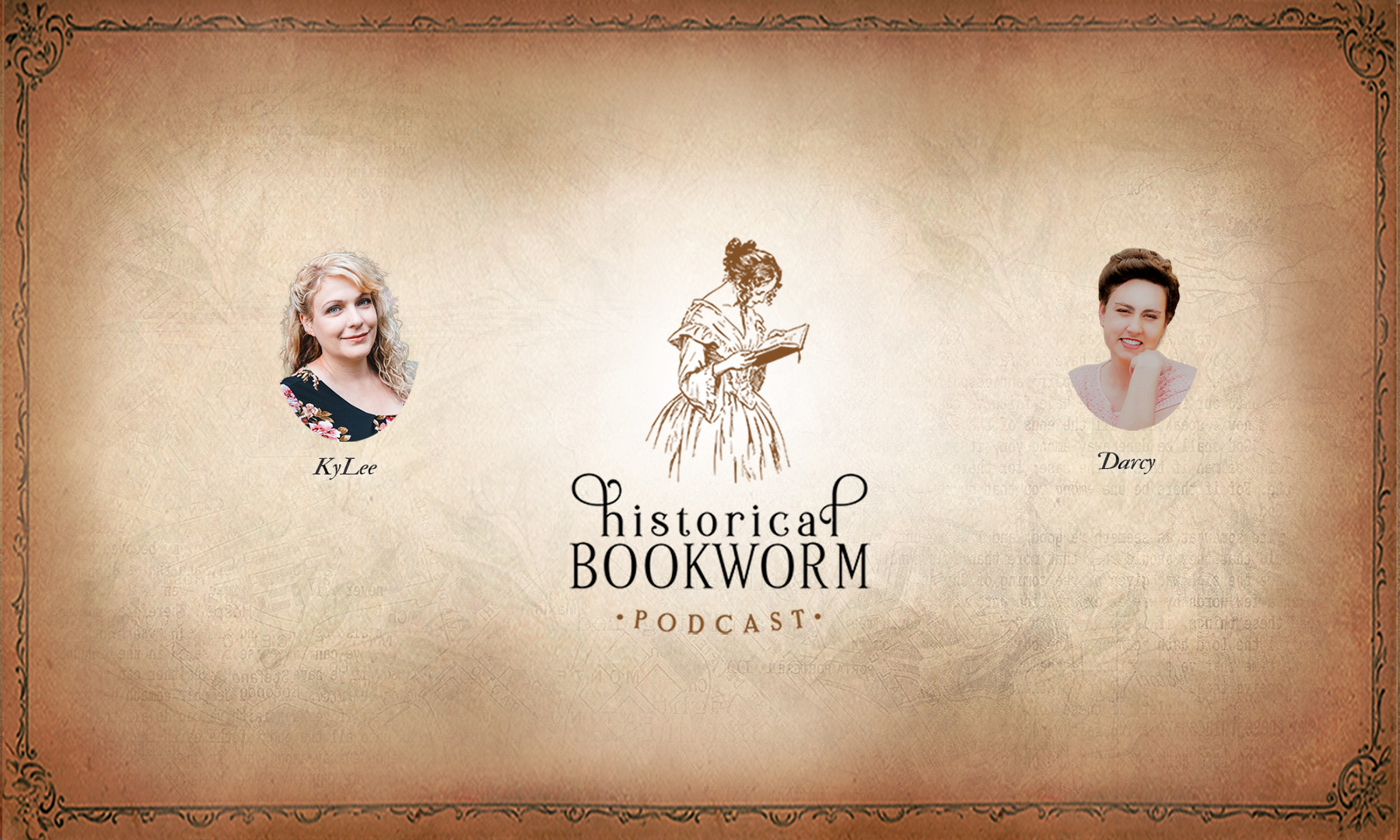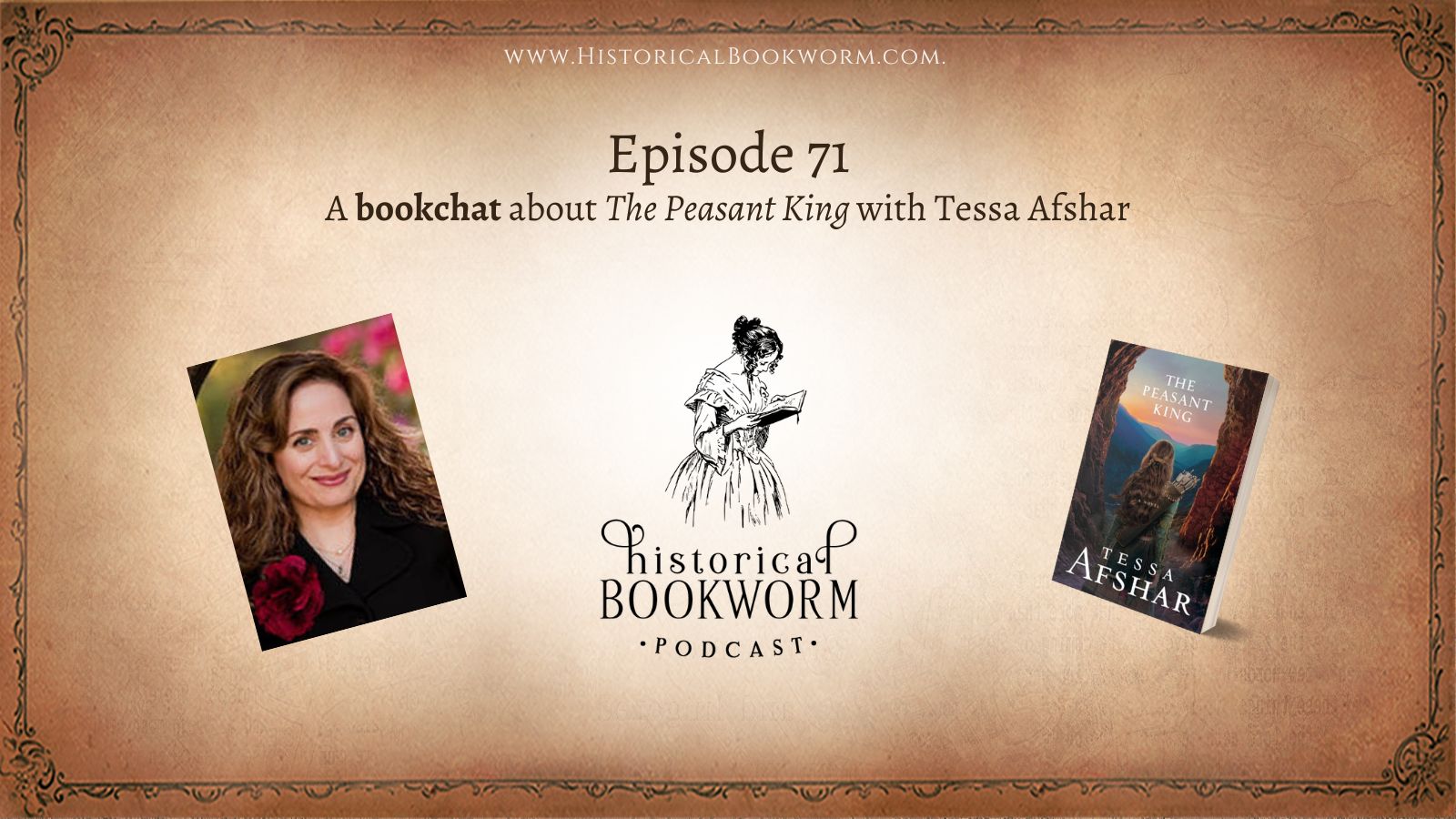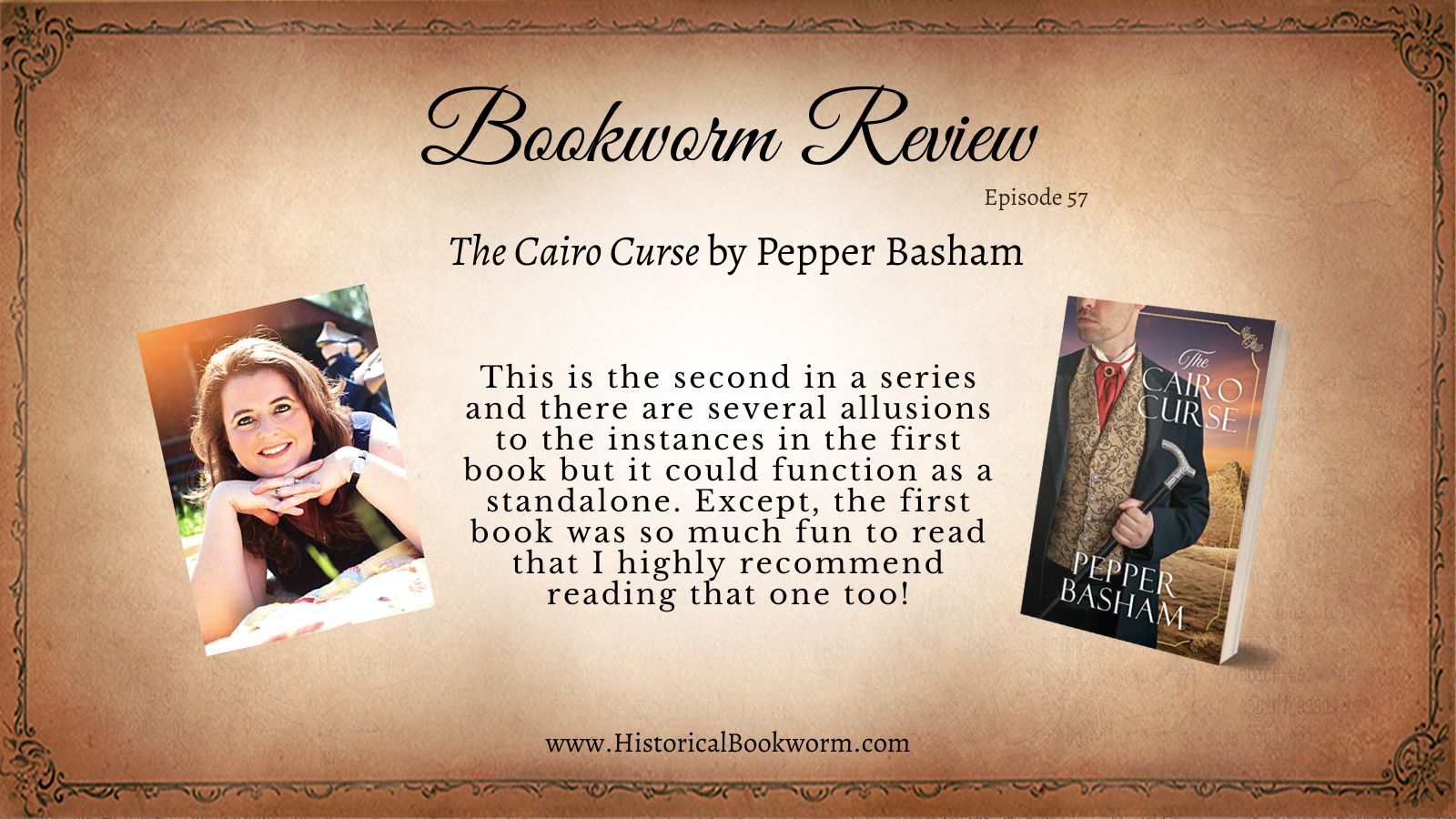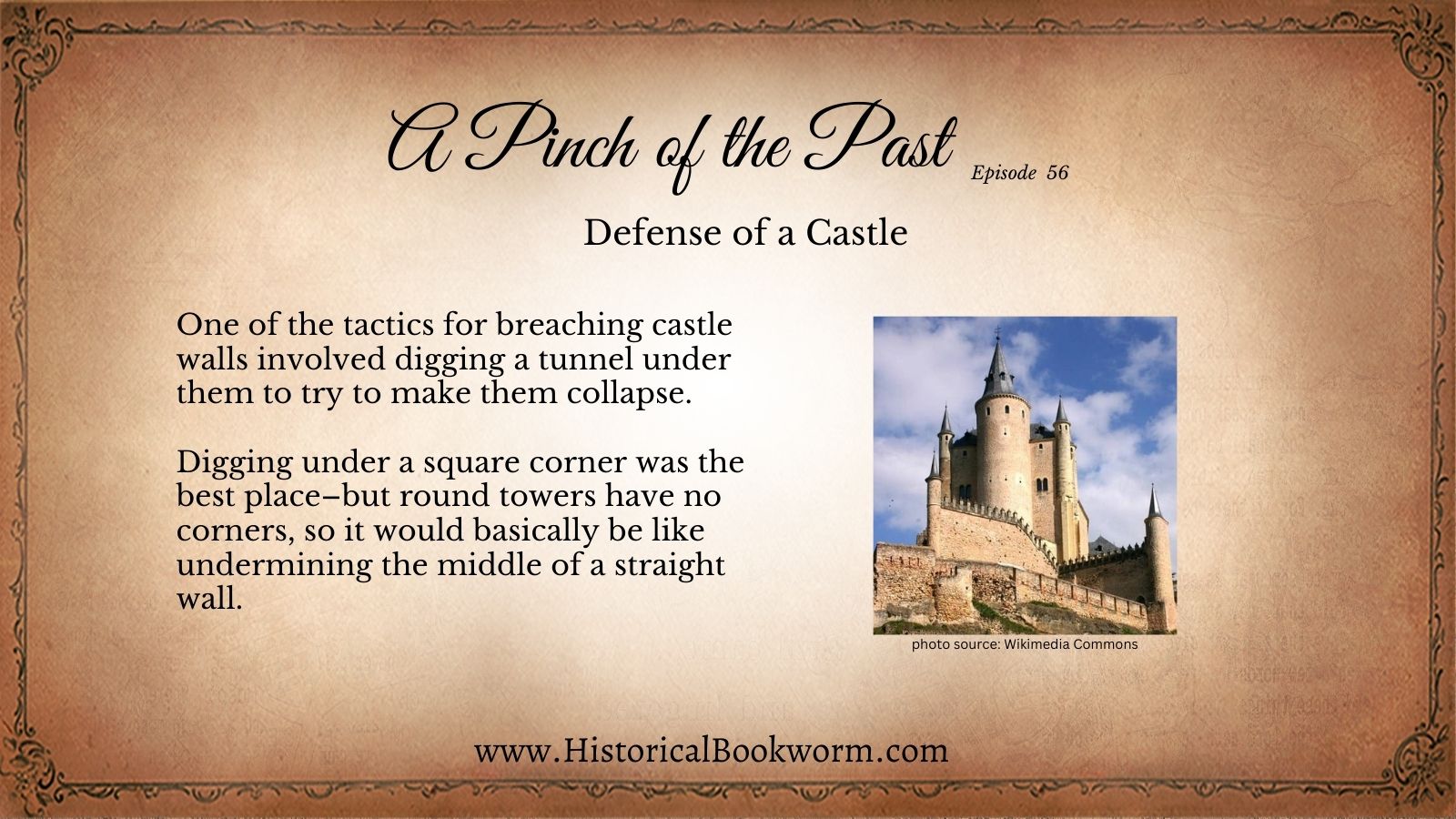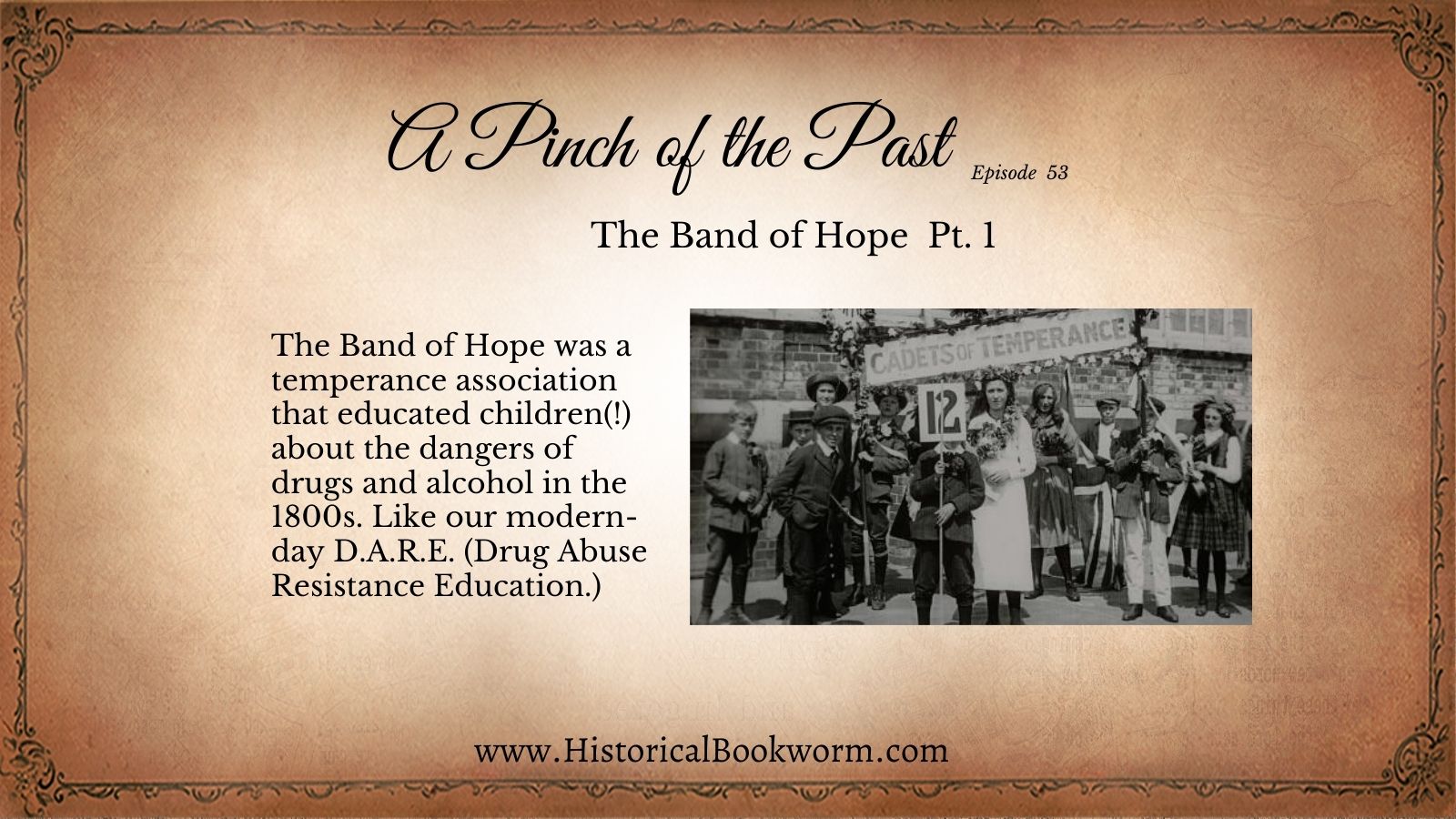Subscribe to Historical Bookworm Show Apple Podcasts | Spotify | Amazon Music | Android | Pandora | Email | | Subscribe to the Historical Bookworm
Patricia Raybon joins us for a chat about under-appreciated novels, taking one day at a time, special readers, and her latest release Double the Lies. Don’t forget to enter to win a copy of this great book!
For today’s Pinch of the Past, we’re looking at the defense of a castle! As decades of siege warfare passed, architects and designers learned to use even the smallest things to their advantage to make a castle as defensible as possible… (Full post here.)
Today’s Bookworm Review is bought to you by Christie K. “All the Lost Places has themes of forgiveness and grace woven throughout with very mild violence during the climatic scene. Both stories have sweet romances.” (Full review here.)
Connect with Patricia Raybon: www.PatriciaRaybon.com, Bookclub, Amazon, Facebook, Twitter, Goodreads, and Instagram.
Mentions in the episode: Cry, the Beloved Country by Alan Paton book recommendation.
“While you live, tell truth and shame the devil!”
– William Shakespeare
Henry IV, Part 1, Act 3, Scene 1.
Ad link: Join Kimberly Woodhouse @ A Million Miles with Kim
